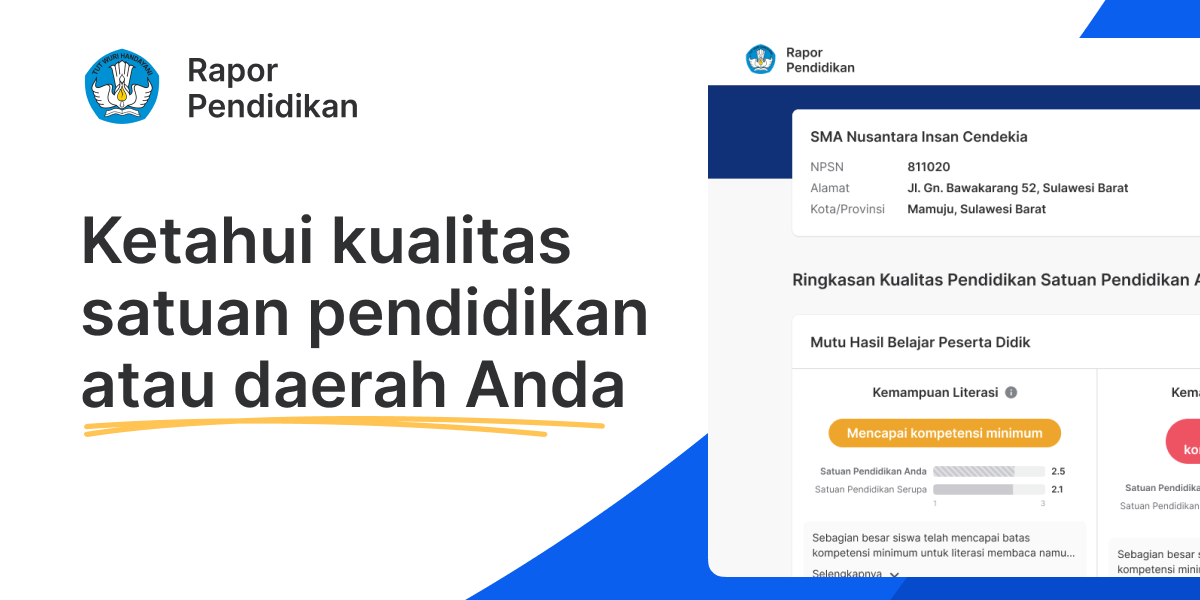
Rapor Pendidikan Platform
Introduction:
- Introduce the Rapor Pendidikan platform and its main features.
- Mention that the platform was created from scratch and integrated with the Superset API.
- Highlight the focus on performance and the implementation of server-side rendering (SSR) to improve performance and SEO.
Architecture design:
- Describe the architecture of the Rapor Pendidikan platform, including the main components and their interactions.
- Explain how the platform was integrated with the Superset API and how this integration supports the platform's features and functionality.
- Discuss the design choices and trade-offs made during the development of the platform.
CI/CD configuration:
- Explain what CI/CD is and why it is important for deployment of the Rapor Pendidikan platform.
- Describe the configuration of the CI/CD pipeline, including the tools and processes used.
- Discuss the benefits of using CI/CD for the deployment of the platform, such as improved reliability and speed.
- Discuss the performance challenges faced by the Rapor Pendidikan platform and how they were addressed.
- Explain how server-side rendering was implemented and how it improved performance and SEO.
- Discuss any additional performance optimization techniques that were used and their impact.
Conclusion:
- Summarize the key points of the article and the main achievements of the Rapor Pendidikan platform.
- Discuss the potential future developments for the platform and how they may improve the user experience.
Introduction:
- Introduce the web app and its features.
- Mention that the app was originally built with Superset and that it is being migrated to a custom server using Next.js.
- Explain why the migration is being done, such as to improve performance, flexibility, or scalability.
Overview of Superset and Next.js:
- Provide a brief overview of Superset and its main features.
- Discuss the benefits and drawbacks of using Superset for web app development.
- Introduce Next.js and its main features, including server-side rendering and built-in support for React.
- Explain why Next.js is a good choice for migrating the web app from Superset.
Migrating the web app to Next.js:
- Describe the process of migrating the web app from Superset to Next.js, including any challenges and solutions.
- Discuss the changes made to the app's architecture and codebase during the migration.
- Explain how the app's features and functionality were preserved or improved during the migration.
- Discuss the performance and scalability challenges faced by the original Superset-based app and how they were addressed by the migration to Next.js.
- Explain how server-side rendering and other features of Next.js improved the app's performance and scalability.
- Discuss any additional optimization techniques that were used and their impact.
Conclusion:
- Summarize the key points of the article and the main achievements of the migration from Superset to Next.js.
- Discuss the potential future developments for the web app and how they may further improve performance and scalability.
